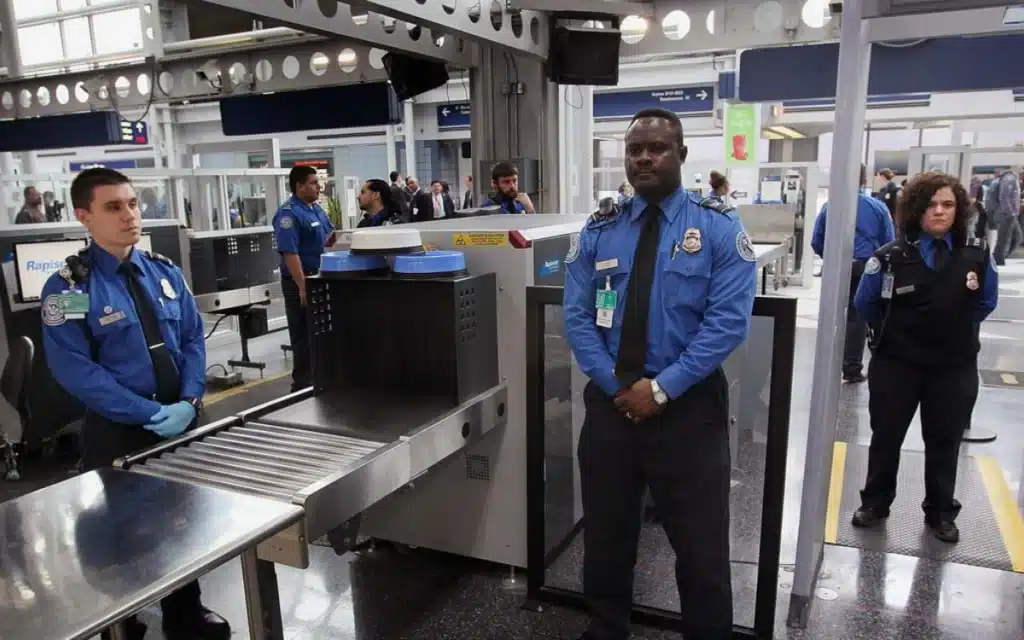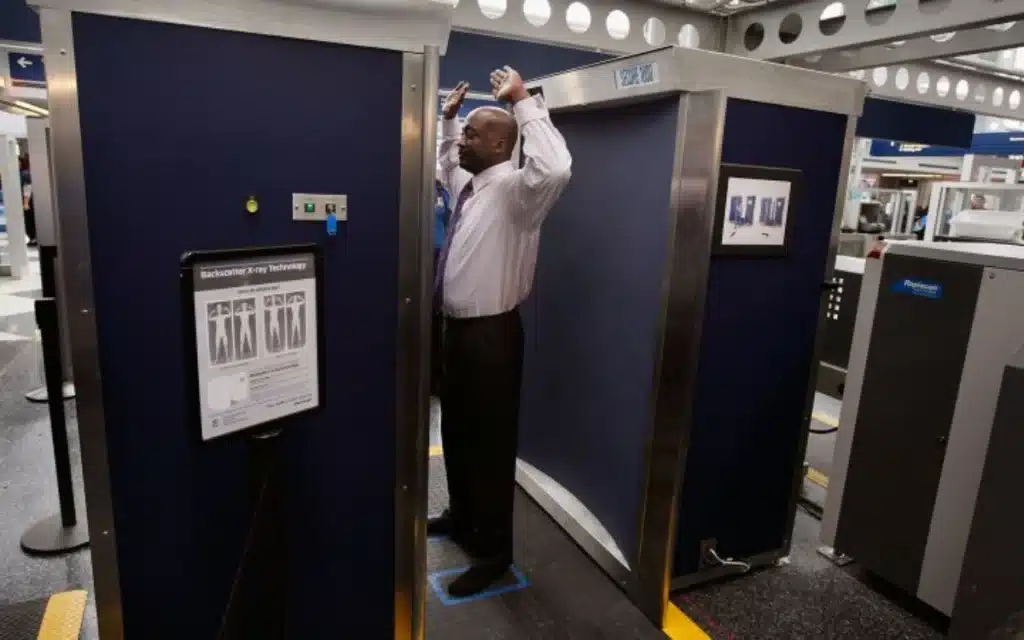Airports had to make strict change to X-ray machines after there was horror over what they were able to actually see
Published on Aug 13, 2025 at 8:24 AM (UTC+4)
by Jason Fan
Last updated on Aug 13, 2025 at 10:53 AM (UTC+4)
Edited by
Kate Bain
X-ray machines have been a fixture of airport security for decades, but in the early 2010s, a controversial new model began raising eyebrows.
Rolled out after a failed 2009 terrorist plot, these scanners promised next-level detection, capable of spotting hidden threats under clothing.
Passengers stepped into them every day, unaware that they were at the center of a heated debate in Washington.
The Transportation Security Administration (TSA) insisted the technology was vital, but just a few years later, the devices vanished from airports almost overnight.
VISIT SBX CARS – View live supercar auctions powered by Supercar Blondie
Why the Rapiscan scanners were removed
In 2013, the TSA announced it was pulling all Rapiscan backscatter scanners from service.

The official explanation pointed to the company’s inability to meet a Congressional deadline for new Automated Target Recognition (ATR) software.
While that’s a lot of technical jargon, officials explained that the older machines didn’t meet privacy and efficiency standards.
At the time, most travelers assumed the change was just about convenience.
While most airport experiences are not the most pleasant, between the possibility of losing your suitcase, and the chance of getting trapped in an airport toilet, most airport problems aren’t insidious.
These x-ray machines were called a ‘virtual strip search’
But behind the scenes, there was a far more sensitive reason for the urgent removal.
The Rapiscan scanners weren’t just revealing objects under clothing.
Rather, they were generating high-resolution images of passengers’ entire bodies, with every detail visible.
Security agents could effectively see travelers as if they were nude, a reality that many only learned once the machines were on their way out.

Privacy advocates called it a ‘virtual strip search’, and argued it was an unacceptable invasion of dignity.
The backlash was swift, and the controversy became one of the most significant privacy battles in modern airport security history.
L-3 Communications’ millimeter-wave scanners, which replaced the Rapiscan units, solved the problem by displaying only a mannequin-like outline and highlighting suspicious areas without revealing the body itself.
The change ensured that no traveler would face such an intimate level of scrutiny ever again, which is good.
However, flying remains a stressful affair, especially if your bags go missing en route.
Unless, of course, you’re flying to Japan, because this Japanese airport recently set a record by going 30 years without losing a single piece of luggage.
DISCOVER SBX CARS: The global premium car auction platform powered by Supercar Blondie
Jason Fan is an experienced content creator who graduated from Nanyang Technological University in Singapore with a degree in communications. He then relocated to Australia during a millennial mid-life crisis. A fan of luxury travel and high-performance machines, he politely thanks chatbots just in case the AI apocalypse ever arrives. Jason covers a wide variety of topics, with a special focus on technology, planes and luxury.




